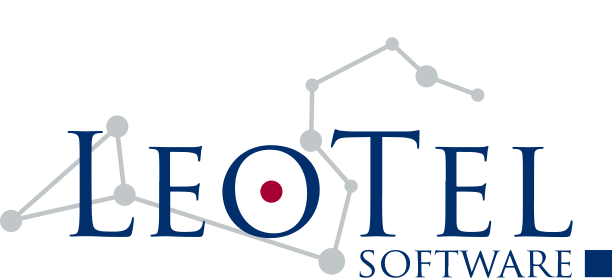Smart meters and automated meter reading are standard technologies today. There are particular domain challenges, such as the difficulty of accessing buried meters, which mean that long battery life and the need for little actual physical intervention are important, especially when the number of installed units is significant.
The Project
Our client, wireless technology company Radio-Tech, was developing an automated water meter reading system which allowed meter data to be collected while an operative drove at a normal residential speed along a predetermined route.
The meter placement would be underground, needed sufficient wireless penetration to enable two-way data transmission and would be hard to replace once fitted. There was a desired battery life target of 10 years.
Radio-Tech had developed a concept prototype for the meter. The meter now needed production-ready firmware which would meet their battery life requirements, and a PC-based system for the meter operatives.
Our Role
We worked as a software and systems partner with Radio-Tech to develop an automated meter reading system that maximised the efficiency and life of the wireless metering devices. We worked jointly with the client to develop the wireless-debriefing algorithm and meter firmware optimisations, such that the data could be relied upon and would achieve the 10 year battery life target.
Battery life is not just about hardware. The system design and implementation of the firmware also plays a significant role. We used mathematical modelling and simulation to develop a power-efficient scheme for utilising metering device on-board components, to ensure that the battery life targets were met.
When a wireless-enabled data acquisition device came into range (i.e. the water meter operative driving in a van), a data transfer would take place, with further software managing the connections and data transfer back to a central server which processed the meter readings.
Once this algorithm was designed into the system, we completed all of the PC software life-cycle phases and delivered the data acquisition, high-efficiency route planning and analysis software for the system, the SQL database and the operatives’ user interface.
The system provided route calculation and real-time progress reporting for meter-reading operatives, and central analysis of the captured data.
Our software had an intuitive operator management interface, alarms and alerts for missed meters and unsuccessful reads, all of which resulted in greater reading accuracy and a higher meter read-rate.
We carried out the validation with Radio-Tech engineers at their laboratory, and during system commissioning, to ensure a smooth handover and ultimately the transition of the system to their end client’s engineering team.
The Technology
We advised on the bespoke wireless communications protocol for the proprietary FM transmission hardware, and the sampling intervals algorithm.
This was based on the transmission rate of the meter, power of the transmitters, sensitivity of the receivers and the speed of the operative, which was anticipated to be 30mph. These parameters were used to select the optimal configuration for transmitting a data burst to a receiving device when it came into range.
The Benefit
As an external reviewer, we were able to introduce new ideas into the design and optimisation of the automated metering system, in order to achieve the requirements of the system within the physical constraints.
We brought knowledge from other sectors into the solution. Our clients have specific knowledge of their sector, and we complement that with our breadth of experience within the embedded software domain.
We were able to model and demonstrate to the client that the solution would in fact work, providing peer review of the design and implementation.
We were able to anticipate possible uses for the data, and our software provided actionable analytics presented in a form that could then be used for:
- leak detection (e.g. reading spikes);
- rapid response;
- indicators for preventative maintenance.
What our Client Said
“I have found it a pleasure to work with LeoTel, and have trusted them to deliver technical excellence, working closely with our hardware experts, to address the challenges of developing and delivering a variety of complex data acquisition products and systems. They have not let me down, and when it has been necessary, have gone that little bit further to ensure the end customer is delighted with the solution.”
— Inder Panesar, Technology Director – Mesh-net / Radio-Tech

